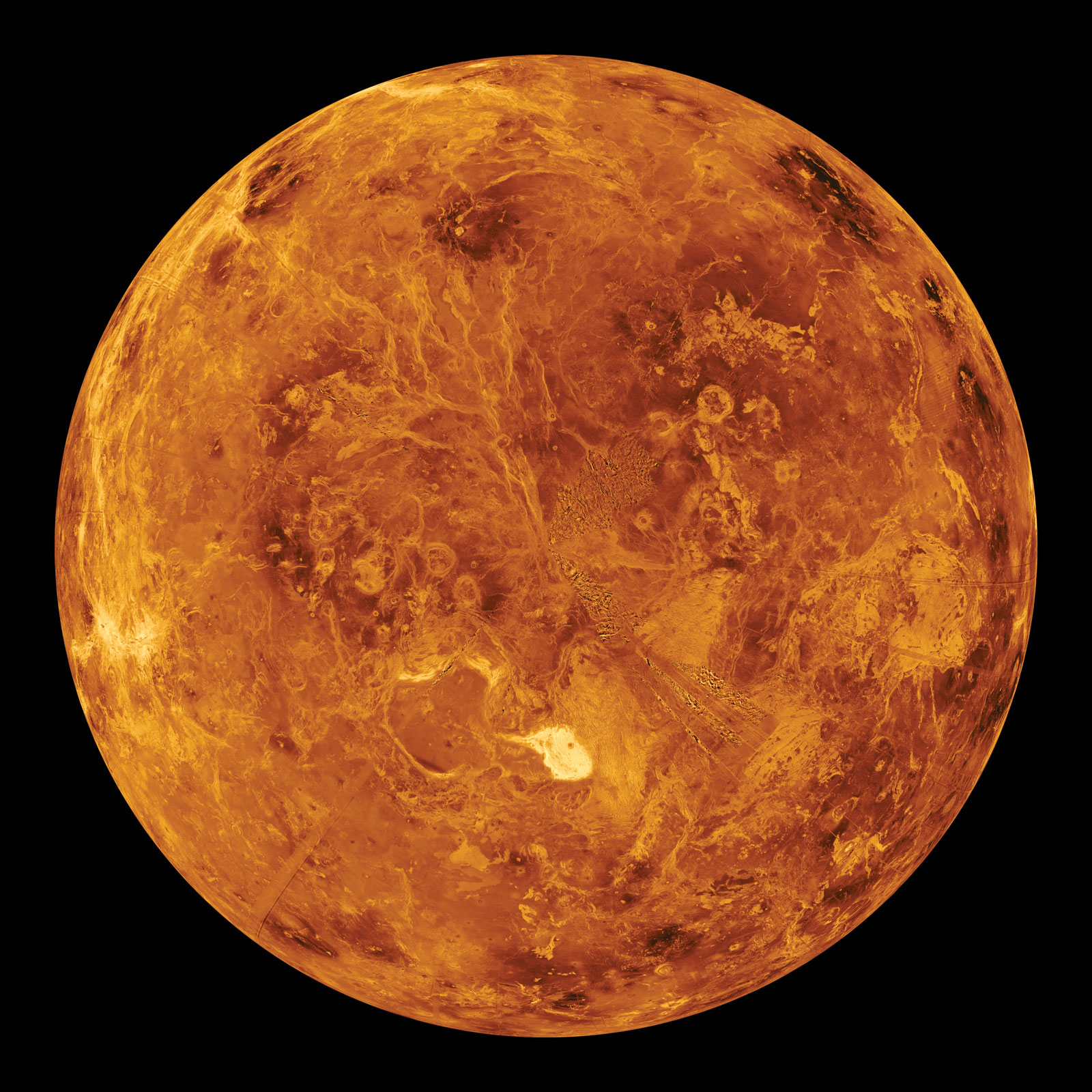14 Weird Science Facts That Would Blow the Mind of Any Science Lover
Do you know 20% of earth’s oxygen is produced by the Amazon rainforest? Read more amazing and weird science facts that your teacher might not have taught you in school.

You must have experimented with chemicals in your high school. Your teacher has taught you about north and south poles in physics and amoeba in biology class. But do you know several science things are not taught in the school and can’t be read in books?
For instance, do you know the Sun is not a ball of fire? As a fact, it is a ball of plasma in which the process of nuclear fusion turns hydrogen into helium inside of its core. Another weird science fact is that over two dozen states of matter exist. You have read about solid, liquid, and gas. But states of matter also include plasma, Bose-Einstein condensate, and more.
Science is not about Physics, Chemistry, Biology, and the experiments that you try at home. It is more than that and has many hidden secrets. These science fields are important. We all learn about them in school and recognize them later. Let us know more weird science facts that should be known by everyone.
1. It Takes 60 Seconds by an Individual Cell to Make a Complete Circuit of the Body

The majority of people have nearly 5litres of blood in their bodies. The average heart pumps around 60ml of the body with each beat. Also, a healthy heartbeat around 65 times a minute.
Now, multiply the blood that a heart can pump by the beats in a minute. The result you will get is around 5litres of blood pumped per minute, which is approximately your body’s worth of blood.
2. Plants Communicate With One Another in Amazing Ways

You might find this weird, but like humans, plants also communicate. They exchange messages and warn other trees about threats. They communicate through volatile organic compounds that can be divided into broad categories. Not only this, but they also talk with insects. They send airborne messages that act as a signal to insects that kill herbivores.
According to several studies, plants in the environment secret chemicals into the soil and grow more aggressively. Plants are sensitive. They stay in one place but react to the world around them.
3. Babies Have More Bones Than Adults

Babies look small, but they have more bones than adults. When they grow up, several bones fuse to form a single bone. An infant has around 300 bones. Also, they have more cartilage than bone. As he grows up, the cartilage turns into the bone through the process called ossification.
Here, Calcium plays a crucial role in the formation of tissue. Bones appear to look firm and unchanging. But it constantly grows through a process of remodeling. Did you know this weird science fact about bones?
4. Sneezing With Open Eyes is Impossible

Don’t you dare to sneeze with eyes open? Pressure released when you sneeze causes eyeballs to pop out. Do you know why you sneeze? It is a mechanism that the body uses to clear the nose. When dust or smoke enters the nostrils, the nose gets irritated.
To clear those irritating particles: your body blows the substance. Experts say that you close your eyes to protect those delicate organs from the microorganisms coming out from your mouth and nose. Also, closing your eyes avoids infection and illness.
5. Some Metals are Extremely Reactive and Can Explode When They Come in Contact With Water

Metals like potassium, cesium, and lithium are extremely reactive and can instantly oxidize when exposed to air. Sometimes, they produce explosions when dropped in water. Several factors, like sample surface cleanliness, can prevent different alkali metals from exploding on contact with water.
There is an instantaneous transfer of electrons, and this generates positively charged ions that repel and cause a collision. The process generates metal surfaces that trigger the explosion.
6. WoodPeckers are One of the Noisiest Birds But Don’t Have Vocal Chords

Woodpeckers loudly peck at the trees, making it the noisiest bird around. But do you know it doesn’t have vocal cords and can’t communicate? It only pecks to make a home or in search of food.
They are found around the globe, but not in Australia, Madagascar, and New Zealand. It can peck over 20 times per second. Pecking activity looks painful, but it doesn’t feel pain at all. Their feet have four fingers, two faces forward, and two faces backward. They have long tongues so that they can reach for prey inside the holes they peck.
7. Stomach Acid Can Dissolve Stainless Steel

This could be one of the weirdest science facts you would ever hear of. A Stomach digests food due to corrosive hydrochloric acid with a pH of 2 to 3. When you eat or breathe, several germs enter the stomach. Thankfully, these germs cannot survive because of hydrochloric acid. Acids are measured on a pH scale that ranges from 0 to 14. The acid attacks the stomach lining and protects itself by a secret alkali solution.
The lining renews automatically after four days. A stomach digests the food you eat, but it can also digest stainless steel. Stomach acid, also known as gastric acid, is made up of sodium chloride, potassium chloride, and hydrochloric acid. The low pH level keeps the stomach free from bacteria. But at the same time, it becomes more acidic.
8. Venus is the Only Planet That Spins the Wrong Way (Clockwise Direction)

Several things are not known about the solar system. It consists of several small objects, dwarf planets, planets, and other bodies. Each of the planets in the solar system is known for its different features. For instance, Jupiter has the shortest day among all the planets. It is made up of sulfur, ammonia crystals, and other compounds.
All the planets in the solar system move in the same direction as the Sun. But Venus is the only planet that rotates clockwise. Also, Uranus is another plant that rotates on its side. It is the brightest planet in the solar system and is considered as Earth’s sister. Earth and Venus have similar sizes, internal structure, volume, and atmospheric components.
Several theories report that Venus rotates in the same direction as other planets. It flipped its axis 180 degrees at some point. When you look at it from other planets, its spin seems backward; therefore, it looks like it is rotating in the opposite direction.
9. The Average Weight of Cumulus Cloud is Over 1.1 Million Pounds

Have you ever thought how heavy a cloud could be? Clouds move effortlessly and can be thought to be weightless. But according to scientists, the average cumulus cloud weighs over 1.1 million pounds. The weight is distributed into millions of droplets. Clouds that have flat bases are known as cumulus clouds.
They are also called fluffy and cotton-like. Cumulus' name came from a Latin word cumulo, which translates into piles. The base of the Cumulus cloud is flat and is 1000 meters above from the ground. Clouds are made up of millions of tiny droplets and possess some mass. And, calculating its weight depends on several factors like the weight of water droplets alone or the weight of water droplets plus the weight of air.
10. You Can’t Burp in Space

There is a lack of gravity in space. This means the air in the stomach doesn’t separate from ingested food, and burping could expel more than gas. On earth, gravity pulls solids down to the bottom of digestive systems. The gases stay up top and force back the esophagus as a burp.
Without gravity, the food you eat floats like a bubble. Several foods like bread, soft drinks, fresh milk, pizza, and more are banned in space. NASA engineer Robert Frost said,
"When one burps in space, it is often a 'wet burp' which means some liquid is expelled.''
11. Men are More Colorblind than Women

Do you know why women can differentiate between colors better than men? The majority of women have two chromosomes (XX); whereas, men have two different chromosomes X and Y. The genes responsible for the common color blindness are on the X chromosomes. If a woman inherits one normal X chromosome and one with mutation, then she won’t show the mutation as it is a recessive gene.
Males, on the other hand, are more colorblind because they do not contain a second chromosome (X) to override the chromosome that carries the mutation. Color blindness can cause eye disease, nervous system diseases, and other severe problems.
12. Goldfish is the Only Member in the Animal Kingdom That Can See Infrared and Ultraviolet Light

Some fishes like goldfish, cichlid, and salmon can see infrared light. They have an enzyme that activates infrared seeing and helps to navigate them. The eyesight of the goldfish is superior to humans and can see ultraviolet and infrared light. They do not have scales on their heads and barbels, sensory organs.
Another surprising fact about goldfish is that they do not have teeth. They break their food in their throat. Common goldfish is one of the largest species of goldfish and can reach over 18 inches. It is a myth that goldfish don't live long. But according to records, one goldfish reached the age of 49.
13. There are More Than Two Dozens States of Matter Exist

Solid, liquid, and gas are the most common states of matter known. But, if you delve deeper, you would know that over two dozen states of matter exist. The fourth fundamental state of matter is known as a hot ionized gas.
Another common state of matter is Bose-Einstein condensate. In this state, the atoms chilled to 0.0000001 degrees above absolute zeroes behave like waves and not as particles. Quark-gluon plasma has the highest energy level and is made up of exotic particles.
When two particles collide, they explode and melt atoms. The collision breaks protons and neutrons into their constituent quarks and gluons. Gluons are the massless glue that connects the quarks.
14. The Earth Has an Underground Continent ‘Zealandia’

Some geologists claim to have the existence of this 8th continent for many years. In 2017, a team of experts concluded Zealandia fulfills all the requirements of a drowned continent. It is also known as Tasmantis.
It is a submerged mass of a continental crust. It is described as a microcontinent and a submerged continent. The concept for Zealandia was proposed by Bruce Luyendyk. It is believed that the landmass was submerged about 23 million years ago. It is made up of parallel ridges.
The ridges rise above the seafloor to heights of up to 4900 ft with rocky islands rising above sea level. It broke off from Antarctica nearly 100 million years ago and from Australia about 1800 million years ago. It experiences mild temperate change. The northern part of this continent is volcanic and consists of six major areas with active volcanoes.
Closing Words
Science is interesting and not a boring subject. It includes several chemical reactions, hidden facts about space, and other weird science facts that are not known to even science lovers.
Do you know other weird science facts that are not mentioned above? If so, share them.
Popular Posts
What Is Trypophobia – A Disgust More Than Fear
"I can't really face small, irregularly or asymmetrically placed holes, they make me like, throw up in my mouth, cry a little bi...
Chandan Roy
16 Interesting Facts About Ambidextrous People
A lefty or left-handed uses his left hand more naturally and dominantly than the right hand. And the righty or right-handed is o...
Ethan Stephans
20 Interesting Facts About Meteoroid, Meteor and Meteorite
Watching celestial objects is a true delight. It is still fun to catch a sight of shooting stars when we grow up. A second of th...
Swati Bhandari








